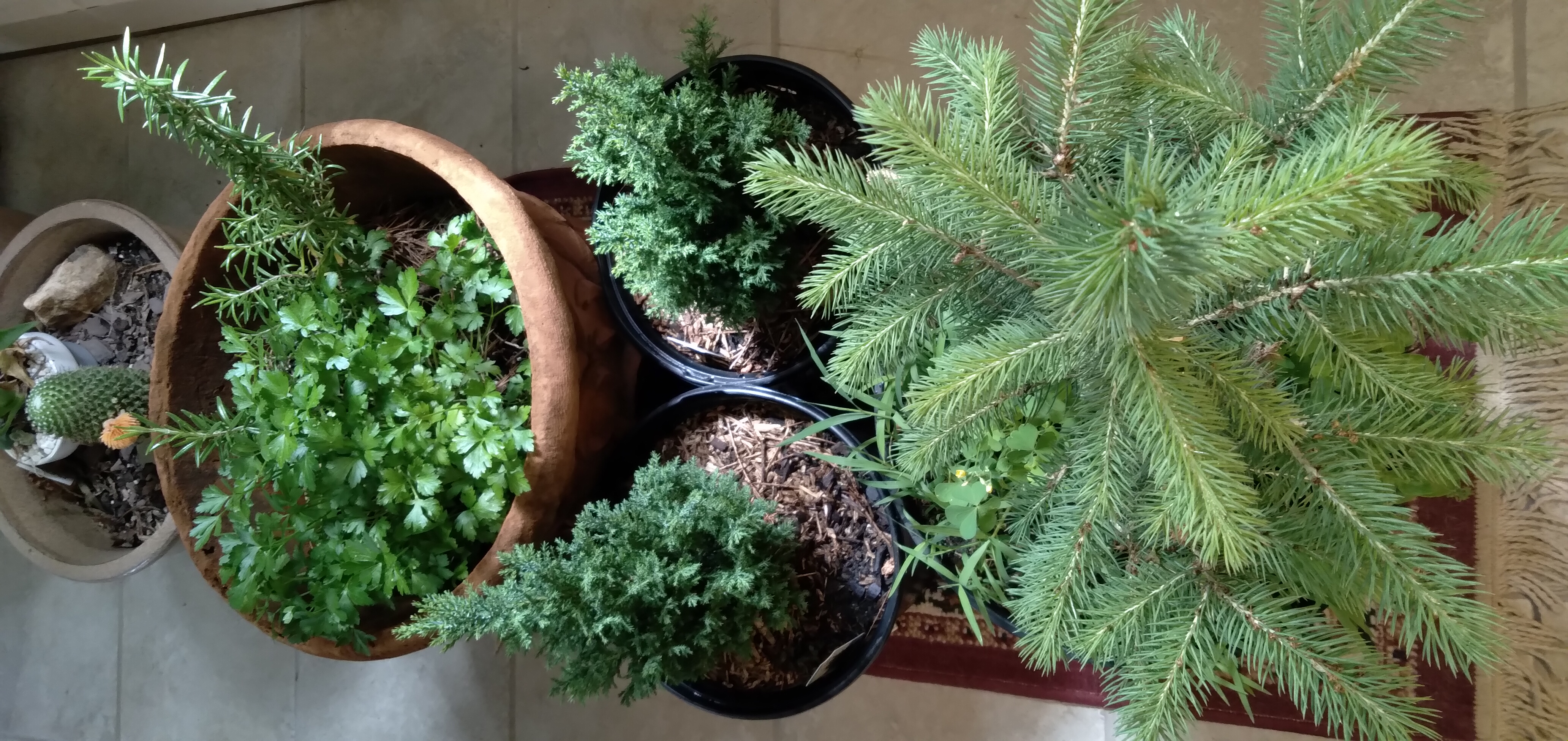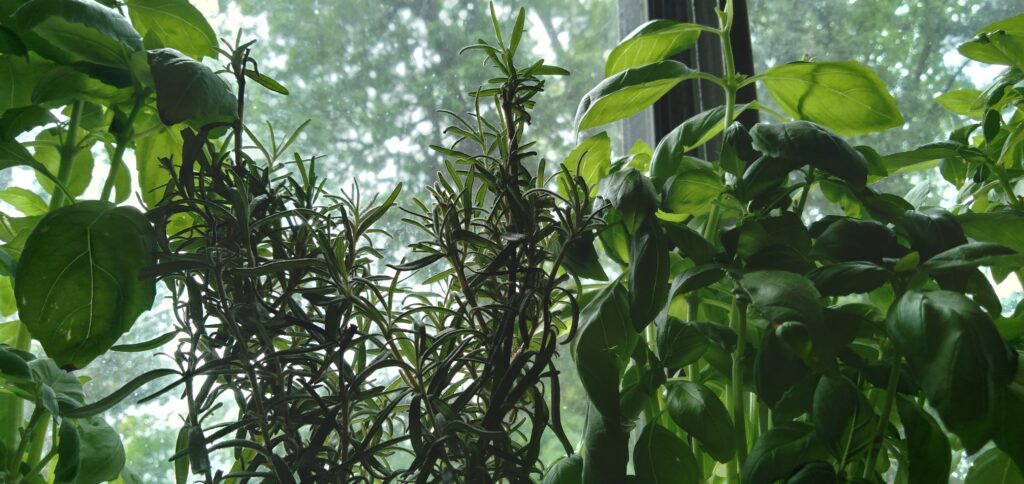by Daniel Brouse
November 29, 2023
In February of 2020, I contracted SARS-CoV-2. Then, I continued to experience long-term complications and chronic conditions. The article Long COVID Update: 3 Years of Living With It describes the symptoms and the knowledge gained from the experience.
Now I am approaching 4 years and continue to get asked for help by others. Here is what I have learned:
Long-COVID has pretty much been classified into three categories — complications from the infection, persistent virus (chronic infection), and epigenetic changes. Complications from infection are lifelong chronic conditions most often seen in the lungs and respiratory system. Persistent virus can sometimes be cured with post-infection vaccination. Epigenetic changes can sometimes be reversed but many times they cannot. It is likely some epigenetic changes can become genetic changes that may be passed on to future generations (similar to cigarette smoking.)
The increase in excess deaths and long-term amplification of genetic conditions indicates most COVID complications cannot be cured. Unfortunately, this means a shorter life-expectancy as well as a diminished quality of life. On October 26, 2023, Insurance News Network reported, “Excess mortality is the difference between the total number of deaths for a specific time period and the number that would have been expected. The numbers were naturally forecast to climb during the pandemic, but some industry and health authorities are concerned the rates haven’t greatly diminished as COVID infection rates have declined.”
Personally, it forever messed with my blood pressure, lipid profile, hepatic function panel, A1C, and others.
IMPORTANT NOTE: The reason I am aware of my condition is because I am actively researching long-COVID and am aggressively pursuing medical testing. If you had COVID, there is a 99% chance that you, too, have chronic conditions. “SARS-CoV-2 causes genetic and epigenetic changes to your DNA. These changes include long-term compromising of the immune system, increased risk of diabetes, hypertension, and cancer, as well as, damaging the neurological, circulatory, and cardiovascular systems. Any ailments for which you are predisposed will likely be elevated to the next stage. See your doctor. Get all the tests you can especially blood work. If you have a family history of inherited genetic disorders, seek counsel from your physician. Many of the epigenetic changes are undetected for a year or two after infection; however, the sooner treatment is started, the better. Medications, diet, and other lifestyle changes can help treat the conditions, improve your quality of life, and increase your life expectancy.
High levels of cardiovascular issues have occurred in youth. We do not know why COVID causes this problem; however, it appears NAD+ is another common factor in the youth (in effect causing them to age faster/shortening life expectancy.) We don’t know if the two are related. Niacin is recommended to help stabilize NAD+.
Did you know that milk does not naturally contain vitamin D? How about that Niacin is added to breakfast cereals? This is because most Americans main source of D and Niacin is through their “fortified” breakfast fooda. Chances are large you are starting deficient in D and Niacin. Both of these slow the aging process and prevent diseases.
Niacin is crucial to NAD+. COVID hijacks the precursors that create NAD+. Niacin is a substitute. Niacin does not cure the cause but it does treat the symptoms. At my worst symptoms, I was taking 500mg/day. After the vaccines were invented and I was vaccinated, most of my “long-COVID” symptoms (brain-fog, fatigue, inflammation, etc) subsided. Vaccination appears to have cured the persistent virus part of the disease. The epigenetic changes still persist, though. Now, I take 50mg/day to help my naturally aging NAD+. The most important part of the Niacin protocol is that you are really taking Niacin — nicotinic acid — NOT no-flush Niacin. If you are deficient in Niacin, you will flush. This will help you know you are taking the right supplement. Flushing is normal and will not harm you; nevertheless, you may want to start with a small dose to mentally prepare. The paper COVID, Vitamin B3 (Nicotinic Acid), and the Immune System helps explain Niacin in more detail.
Did you know that milk does not naturally contain vitamin D? How about that Niacin is added to breakfast cereals? This is because most Americans main source of D and Niacin is through their “fortified” breakfast foods. Chances are large you are starting deficient in D and Niacin. Both of these slow the aging process and help prevent diseases. Talk to your doctor about taking supplements.




